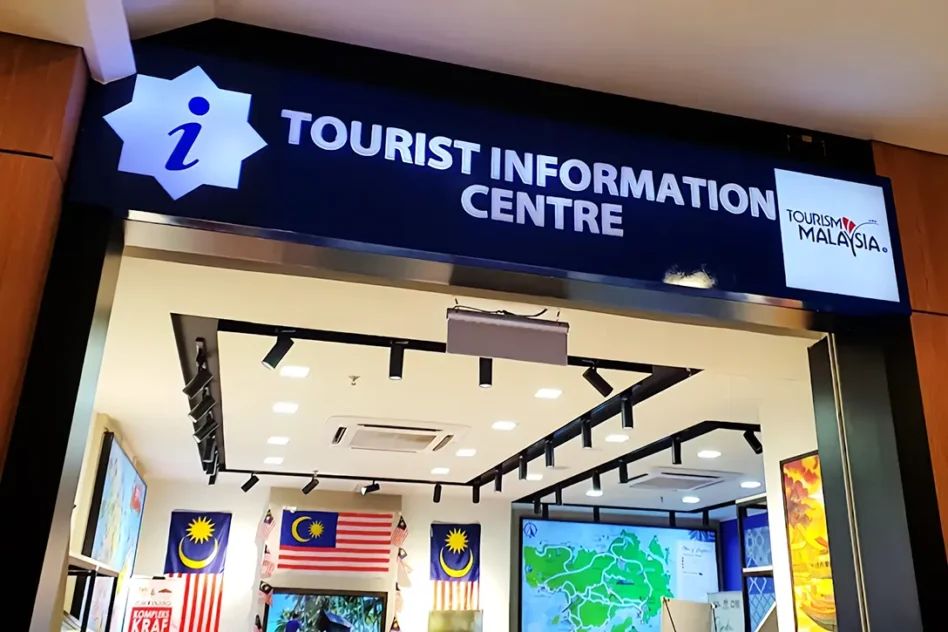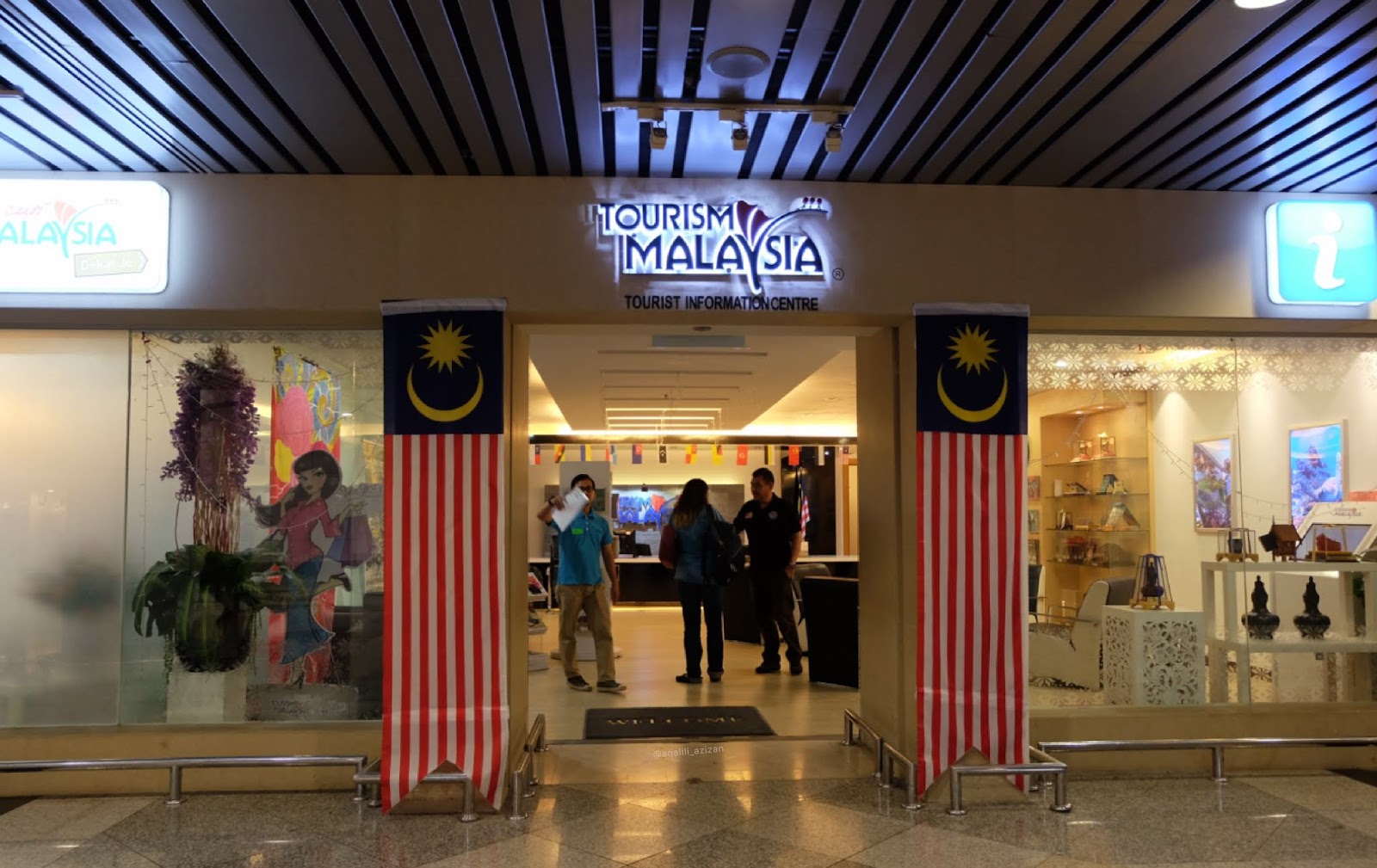DURING the question-and-answer session at the Sabah State Assembly sitting on April 24, Elopura assemblyman Calvin Chong complained about the absence of a tourist information centre in Sandakan to guide visitors to places of interest.
He said the first thing tourists would do upon touching down at Sandakan airport was to find other tourist destinations apart from the conventional ones. He often had to play tourist guide when approached by arriving passengers asking him to show them around.
He pointed out that an information centre would be helpful, and bemoaned that existing tourism packages do not have spillover effects to benefit locals in the district.
He was reported to have said, “Foreign tourists usually opt for packages for convenience. They do not try out restaurants in town or do any activities outside their packages. So how does this benefit locals in Sandakan?”
However, tourism is not as straightforward as most people think. The authorities, industry players and academics may continue to discuss tourism for the umpteenth time but issues would not be resolved if their understanding remains at a superficial level.
Although the challenges are many, I wish to address four of them here. The first is on the tourist information centre, the second is on my proposed Sandakan app, the third is regarding tourism expenditures, and the fourth is about tourism projects by the government.
State Tourism, Culture and Environment Minister Datuk Christina Liew said that in the last three years, her ministry had implemented three tourism development projects costing about RM500,000 in Sandakan, and the Tourism, Arts and Culture Ministry another RM1.89 mil on 10 projects.
I have no idea what Chong had in mind when he proposed setting up a tourist information centre. If it is the traditional brick-and-mortar that needs to be built or renovated, stocked with printed brochures, and manned by helpful staff, such cost centres will not materialise or be efficient.
Granted, the former Tourist Development Corporation (TDC) and later the Malaysia Tourism Promotion Board had spent tens of millions of ringgit over the years printing brochures for local and global distribution.
But we have gone mostly paperless. Today, it would be wasteful to spend money to have brochures printed. If distributed, they need to be on display but will only gather dust until they are picked up but can only be read by one person at a time before being discarded.
Sadly, many brochures were left untouched and eventually dumped.
On the other hand, there is no printing cost for e-brochures. which can easily be forwarded using social media or email. They can be sent to countless numbers of recipients around the globe instantly at no distribution cost.
Instead of traditional tourist information centres, it would be better and easier to appoint companies or individuals to operate “Tourist Information Counters” (TIC).

There are thousands of inbound tour companies and tourist guides spread all over the country to choose from.
When concession agreements are ready, qualified tour operators and guides may apply to be appointed to operate TIC in their respective areas. Using standard signage for information, they are easily recognisable by visitors and locals alike.
This brings us to the second matter. Sandakan, or any city or town, needs a good destination app to fully develop its tourism potential. The first objective is to make known what Sandakan already has to offer and there is no business tool more effective than a mobile app.
There is no need to wait until visitors arrive to find out the options available. It can also be used to draw visitors from all over the world, including those with no plans or heard of Sandakan to come after watching content, including interesting video clips, found in the app.
The super app will contain all the attractions, activities, tours, accommodations, restaurants, eateries, transportation, shopping products and outlets in Sandakan, allowing those who wish to book and pay in advance to do so.
Upon arrival, it could be used for navigation around Sandakan, either by foot, boat, taxi, bus, e-hailing or any other service, without the need to ask around for directions or carry large foldable maps or clumsy printed brochures.
The third matter is tourism expenditures. In 2019, domestic tourism expenditures were RM92.6 bil, and inbound RM89.4 bil. The three biggest recipients of domestic expenditures were shopping (42.1%), automotive fuel (16.7%), and food and beverage (15.9%).
The three biggest revenue earners for inbound were shopping (33.3%), accommodation (24.5%), and passenger transport (18.4%). These showed that many retailers, food and beverage operators, and transport and accommodation providers benefit greatly from tourism.
The fourth matter is on tourism projects by the government, and this is where elected representatives can play a pivotal role in getting city halls and municipal councils to build or at least approve something concrete that brings immense benefits to the local economy.
In Malaysia, big or small towns could attract a large number of visitors by constructing huge sheds with ample parking nearby for outstation motorists to park, shop for local produce, and enjoy the best food in town. It would also be a popular one-stop centre for foreign visitors.
Without such a tourism centre, passing motorists will have to look for something that catches their attention, and then drive off when they see nothing interesting, without realising they have missed some of the best foods in town, as they are spread all over the place.
Also, every town has local produce that is considered a must-buy. They could be locally grown fruits or vegetables, snacks or confectioneries produced by cottage industries, dried or frozen foods, handicrafts or souvenirs, and many other foods or non-edible items.

In such one-stop tourism centres, local produce must be given top priority, as they make each of these community-based tourism facilities different and interesting.
Only if space is available, can produce from other states be offered. Imported items should not be allowed for sale here.
Finally, we should get smart and be wise. Those looking at a superficial level will continue to talk about problems, but those enlightened can see the opportunities hidden beneath.
After all, the service industry is about solving problems for others, and those who do it well will be rewarded. – April 30, 2024
YS Chan is master trainer for Mesra Malaysia and Travel and Tours Enhancement Course and an Asean Tourism Master Trainer. He is also a tourism and transport business consultant.
The views expressed are solely of the author and do not necessarily reflect those of Focus Malaysia.










